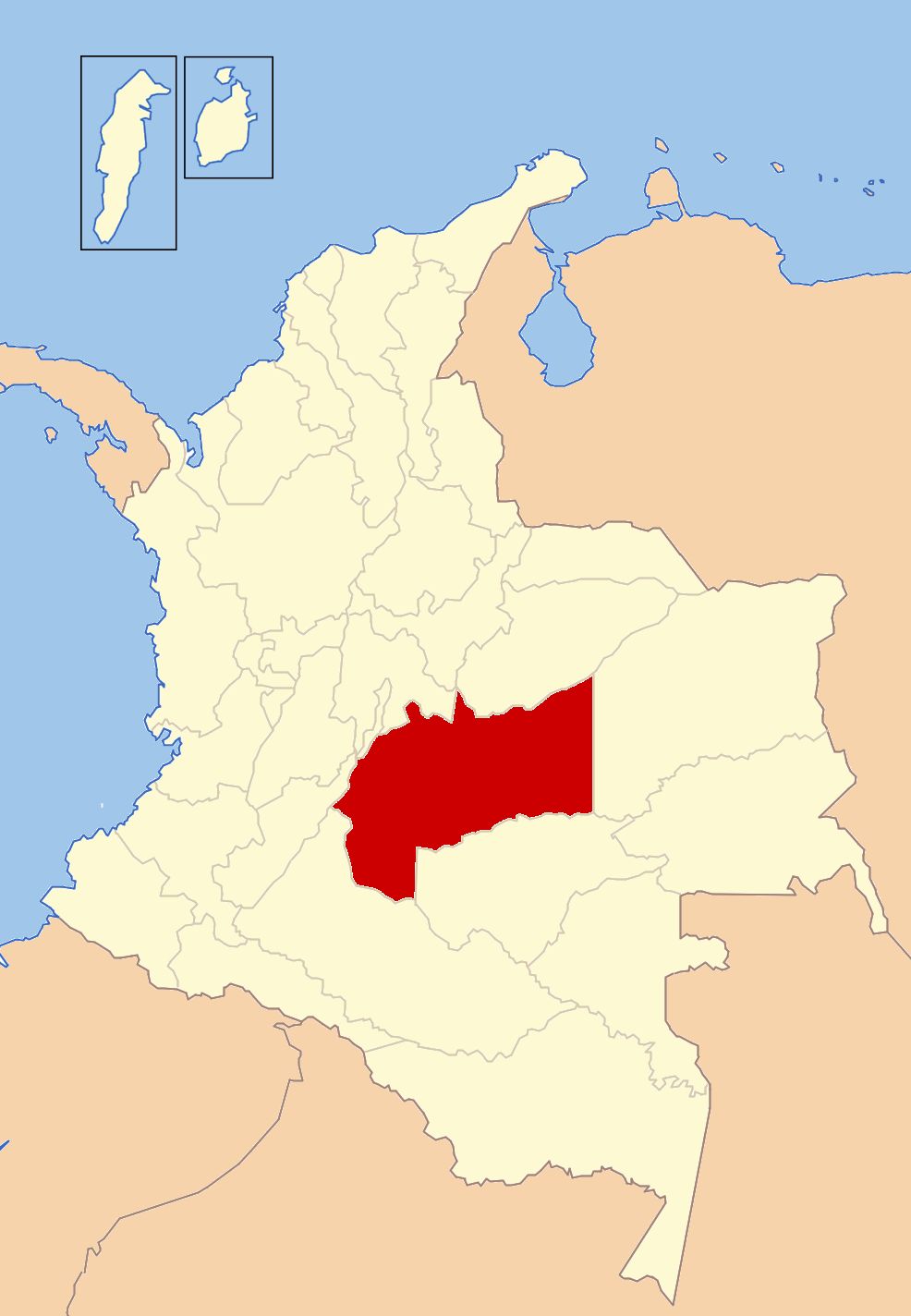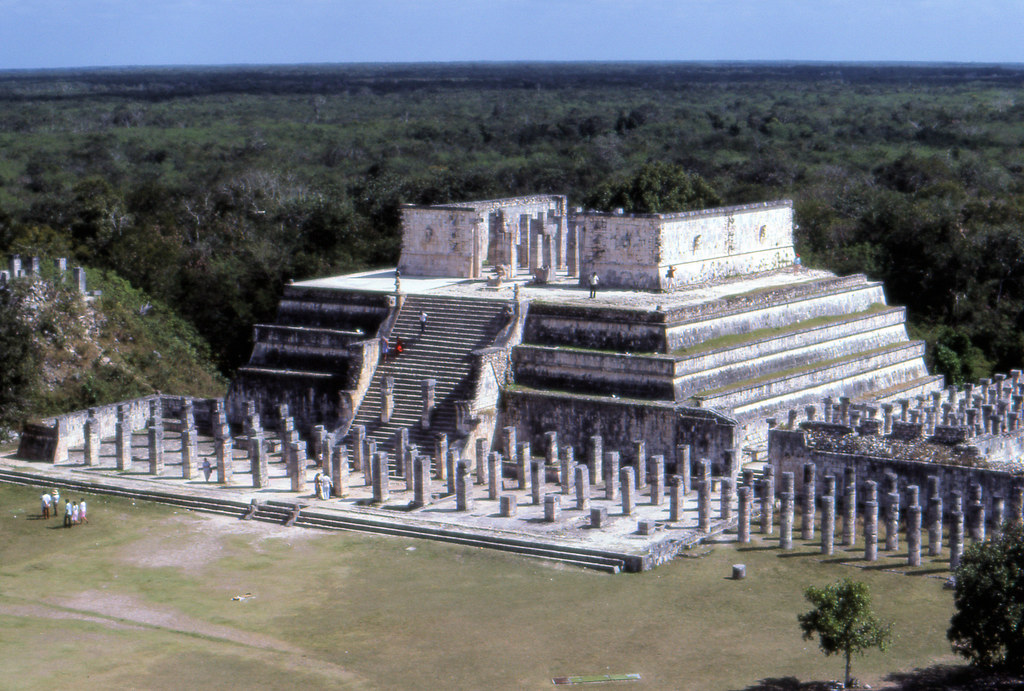
The annals of history are filled with tales of mighty empires and brilliant civilizations that rose to prominence, only to eventually fade into memory, leaving behind magnificent ruins and profound lessons. Understanding the intricate tapestry of reasons behind these collapses is not merely an academic exercise; it offers invaluable insights into the potential fragilities within our own societies and guides us towards fostering a more stable and resilient future.
Indeed, the downfall of a great civilization is rarely, if ever, attributable to a single, isolated event. More often than not, it is a complex interplay of various pressures—internal and external, gradual and sudden—that coalesce to push a society to its brink. From environmental shifts that cripple agriculture to the erosion of public trust through corrupt leadership, the threads that bind a civilization together can unravel in myriad ways.
This in-depth exploration delves into some of the most critical factors that have historically contributed to the demise of powerful societies. By examining these pivotal elements through the lens of ancient examples, we can begin to appreciate the delicate balance required for sustained prosperity and recognize the enduring warnings embedded in the ruins of the past.

1. **External Threats: War and Invasion**One of the most immediate and often dramatic catalysts for societal collapse comes from beyond an empire’s borders: the relentless pressure of war and outright invasion. When external forces prove too formidable, or when an empire becomes too stretched defending its vast territories, even the most established powers can succumb to the onslaught.
The fall of the Western Roman Empire stands as a prime, sobering testament to this vulnerability. Constant barbarian invasions chipped away at the empire’s extensive borders, weakening its defenses and draining its resources over centuries. These persistent external threats eventually overwhelmed Rome’s capacity to defend itself, leading to its ultimate demise as an integrated political entity in the West.
Engaging in constant warfare, even if initially successful, carries an immense cost. It siphons off vital resources—both human and material—that could otherwise be invested in internal development or maintenance. When an empire becomes overextended and its military might is spread thin across multiple fronts, it invariably leaves itself vulnerable to attack by stronger or more determined forces, accelerating its decline.
The historical record further shows how military conquest by one empire could brutally erase the achievements of another civilization. The Spanish empire, for instance, in its relentless conquest of the Americas, notably razed and destroyed great ancient civilizations in Mexico and across Latin America. This demonstrates that conquerors were often militarily superior, rather than culturally, erasing vast stores of indigenous knowledge and leaving little trace of the splendors that existed before.
Similarly, the Mongol Empire’s sweeping conquests had a devastating impact on numerous civilizations across Asia and the Middle East, including the Abbasid Caliphate in Baghdad, leaving behind widespread destruction and turning flourishing centers of learning and culture into dust. Such invasions not only dismantled political structures but also obliterated invaluable texts and architectural marvels, erasing the physical and intellectual legacies of entire peoples.

2. **External Threats: Mass Migration**Beyond direct military confrontation, another significant external pressure capable of destabilizing and collapsing societies is mass migration. Large-scale movements of people, often driven by dire circumstances such as war, famine, or persecution, can introduce profound challenges to the societies they enter, regardless of the migrants’ intentions.
These influxes, particularly when rapid and substantial, can severely strain a host society’s resources. Food supplies, water, housing, and other essential services may struggle to accommodate a sudden increase in population. This strain often leads to heightened competition for resources, which in turn can ignite social unrest and exacerbate existing tensions within the receiving population.
The collapse of the Han Dynasty in China provides a historical illustration of this dynamic. Its decline is partly attributed to mass migrations from nomadic groups dwelling on its northern borders. These movements placed considerable pressure on the Han state, both militarily and resource-wise, contributing to internal instability and ultimately weakening the dynasty to the point of collapse.
When a society’s infrastructure and social systems are already under stress, the additional burden of absorbing large numbers of migrants can be the tipping point. The fundamental challenge lies in balancing the needs of existing populations with those of newcomers, a task that often proves insurmountable for faltering empires struggling with their own internal issues.
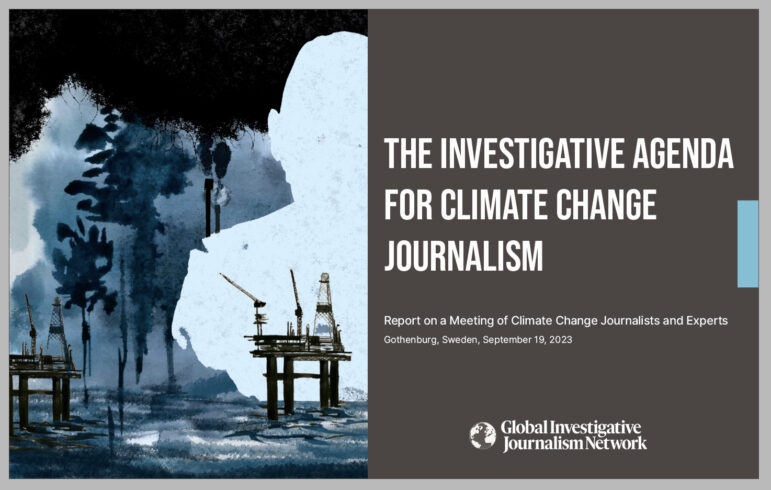
3. **Environmental Challenges: Climate Change**Shifting our focus to the natural world, climate change represents a formidable, albeit often slower-acting, environmental challenge that has historically contributed to the collapse of civilizations. These are not necessarily dramatic, sudden catastrophes but rather gradual, long-term alterations in climate patterns that fundamentally disrupt established ways of life.
Such gradual shifts can have catastrophic consequences for agricultural production, which is the bedrock of any complex society. Prolonged droughts, changes in rainfall patterns, or shifts in temperature can lead to widespread crop failures and consequent food shortages. As the ability to feed a population diminishes, social order often begins to fray, sparking unrest and weakening central authority.
The demise of the once-flourishing Mayan civilization is widely believed to be intricately linked to a prolonged drought. This environmental stressor likely crippled their agricultural systems, making it increasingly difficult to sustain their dense populations and complex societal structures. The inability to adapt to or overcome these climatic shifts ultimately contributed to the abandonment of their great cities.
Therefore, understanding the delicate balance between human societies and their natural environment is crucial. Civilizations that fail to recognize or adequately respond to long-term climatic changes risk undermining the very foundations of their existence, leading to demographic decline, internal conflict, and eventual collapse as the land can no longer support its people.
Read more about: America’s Unfolding Story: A Deep Dive into the Foundational Shifts and Enduring Legacies That Reshape a Nation

4. **Environmental Challenges: Resource Depletion**Closely related to climate change, the depletion of vital natural resources represents another potent environmental challenge that has spelled doom for past societies. Civilizations that become heavily reliant on specific, finite resources without implementing sustainable management practices often sow the seeds of their own destruction when those resources inevitably dwindle.
Easter Island offers a stark and often cited example of this tragic phenomenon. The island’s once-thriving society engaged in extensive deforestation, leading to the complete depletion of its timber resources. This environmental mismanagement had cascading effects, preventing the construction of canoes for fishing and transport, and contributing to soil erosion, which crippled agriculture. The collapse of their sophisticated culture followed swiftly from this environmental degradation.
Societies depending on resources like vast forests for timber, or fertile plains for agriculture, face a precarious future if these are exploited beyond their regenerative capacity. When the very land that sustains a population becomes exhausted, through practices like deforestation or soil depletion, the economic and social fabric of that society begins to fray, leading to decline and eventual collapse.
Furthermore, poor water management in arid or semi-arid regions can exacerbate resource scarcity, turning once-productive lands into barren wastelands. Empires that prioritized immediate needs or expansion over the long-term health of their environmental base found that their prosperity was built on shaky ground. The consequence of neglecting ecological stewardship is a diminished capacity to support life and a heightened vulnerability to other stressors.
Ultimately, the lesson from resource depletion is clear: unsustainable practices, which prioritize short-term gain over long-term environmental sustainability, are a dangerous path. When a civilization fails to live within its ecological means, it eventually undermines its own foundation, leading to a cascade of problems that can trigger a complete societal breakdown.
Read more about: Navigating the Road Ahead: 15 Critical Car Realities to Watch Out For

5. **Economic Troubles: Inequality and Overspending**Turning our gaze inward, economic troubles, particularly those stemming from severe inequality and unsustainable overspending, have proven to be significant internal factors in the decline of empires. The way wealth is distributed and managed within a society can either foster stability or breed deep-seated resentment that threatens its very existence.
When wealth becomes concentrated in the hands of a small elite, leaving the vast majority of the population struggling, the seeds of discontent are sown. This widening economic disparity can lead to immense suffering among the common people, who see their labor exploited while a privileged few accumulate vast riches. Such an imbalance breeds a palpable sense of injustice throughout the populace.
This economic disparity does not merely cause hardship; it actively fuels social unrest. A population that feels exploited and neglected is far more likely to challenge the established order, leading to rebellions, internal conflicts, and a breakdown of social cohesion. The legitimacy of the ruling class can erode completely when it is perceived as indifferent or actively contributing to the suffering of its citizens.
The decline of the Roman Republic serves as a compelling historical example of how economic inequality can contribute to a society’s downfall. The context explicitly notes that its decline is partly attributed to the “widening gap between rich and poor.” As land ownership became concentrated and urban populations swelled with impoverished citizens, the social contract began to fracture, leading to widespread instability and political violence.
Therefore, a society’s economic health is not just about its overall prosperity, but crucially about how that prosperity is shared. When leaders prioritize self-interest or the enrichment of a select few over the economic well-being of all citizens, they risk fostering a deeply divided society that is ripe for internal collapse, paving the way for its eventual undoing.
Having explored the critical external pressures and environmental stressors that have historically brought powerful empires to their knees, our journey into the lessons of the past now turns inward. We delve into the more subtle, yet equally devastating, factors of internal decay and the sudden, often catastrophic, impact of widespread disease. These remaining elements frequently intertwine with the issues previously discussed, creating a complex web of vulnerabilities that can push even the most robust societies beyond their breaking point.
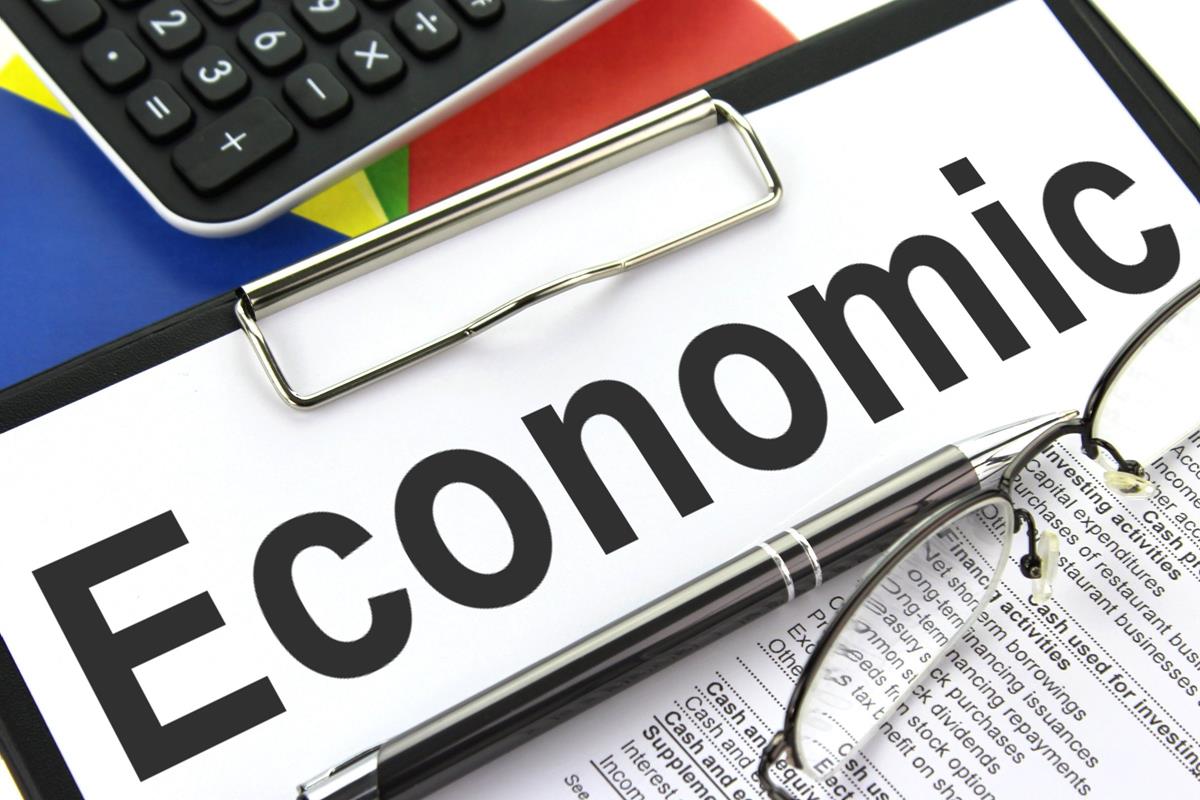
6. **Unsustainable Economic Practices**Beyond the immediate concerns of inequality and overspending, a deeper, more insidious economic threat to ancient civilizations lay in their unsustainable practices. Empires that, for various reasons, prioritized immediate gains and short-term prosperity over the long-term health of their natural and economic systems often sowed the very seeds of their own destruction. This relentless pursuit of rapid growth, without a corresponding commitment to stewardship, proved to be a dangerous path, ultimately undermining the very foundations upon which their societies were built.
Such practices often manifested in severe environmental degradation. For instance, extensive deforestation, driven by a need for timber for construction, fuel, or agricultural expansion, could strip lands bare, leading to widespread soil erosion and desertification. Similarly, intensive farming techniques, without proper fallow periods or nutrient replenishment, would deplete the fertility of vital agricultural lands, turning once-productive regions into barren stretches unable to sustain growing populations.
Poor water management in arid or semi-arid regions also contributed significantly to these declines. Grand irrigation projects, while initially boosting agricultural output, could inadvertently lead to salinization of the soil, rendering it infertile over time. The failure to adapt water use to changing climatic conditions or population demands often resulted in critical water shortages, triggering conflicts and further economic instability.
When a civilization depletes the very resources it relies upon, whether through over-farming, over-logging, or inefficient water use, the economic and social fabric of that society begins to fray. The capacity to feed, house, and employ its people diminishes, leading to widespread hardship. This struggle for basic necessities can ignite internal conflicts, migrations, and a loss of faith in the governing authorities, accelerating a downward spiral.
The lessons from history are unequivocally clear: true, enduring prosperity cannot be built on the exploitation of finite resources without a robust strategy for renewal and sustainability. Empires that failed to live within their ecological means, valuing immediate gratification over long-term environmental health, ultimately found their prosperity to be an illusion, collapsing under the weight of their own shortsightedness and the environmental damage they inflicted.
Read more about: The High Cost of Hype: 13 Celebrity Fashion Lines That Crumbled Under Pressure
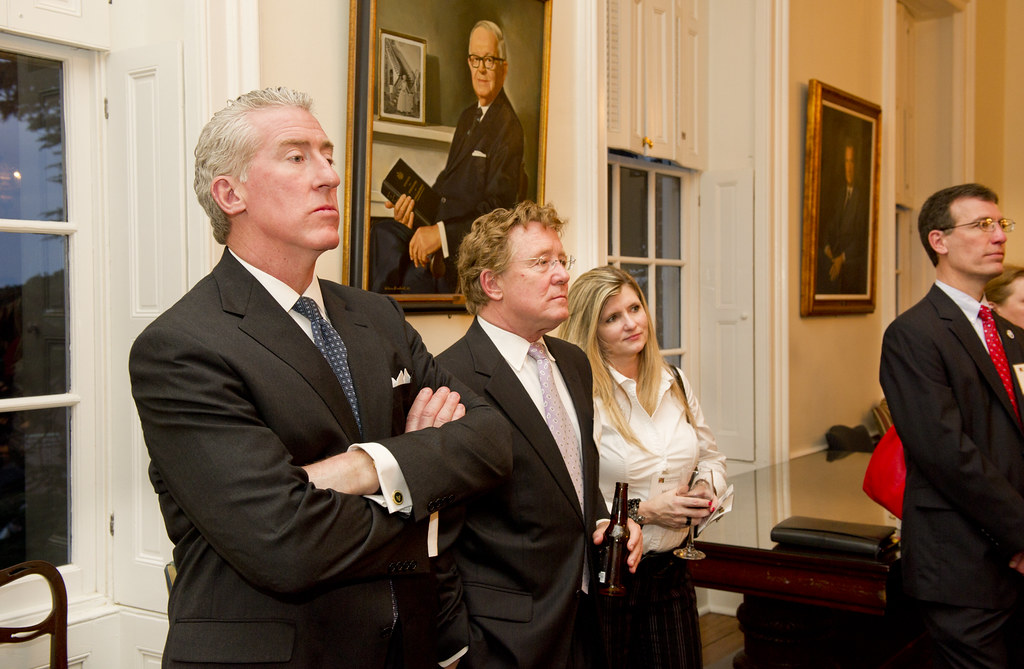
7. **Internal Decay: Corruption and Ineffective Leadership**Even in the absence of external threats or environmental calamities, an empire can be eaten away from within by the corrosive forces of corruption and ineffective leadership. When those at the helm prioritize personal enrichment, political maneuvering, or the interests of a select few over the welfare of the broader citizenry, the trust that binds a society together begins to unravel. This erosion of public confidence is a formidable threat, weakening the very fabric of governance.
Such leaders, often steeped in privilege and insulated from the common person’s struggles, tend to become detached from the realities faced by the majority. Their decisions may reflect a profound lack of understanding or empathy, leading to policies that exacerbate rather than alleviate social and economic problems. This can manifest as unfair taxation, judicial bias, or a failure to provide essential services, all of which alienate the populace and chip away at the state’s legitimacy.
The later Roman emperors, as historians frequently note, provide a poignant example of how corrupt leadership contributed significantly to an empire’s downfall. Stories of imperial extravagance, mismanagement of public funds, and a focus on personal power struggles rather than effective governance became all too common. This internal rot diverted resources, fostered inefficiency, and left the empire ill-equipped to address its manifold challenges, whether military, economic, or social.
When citizens perceive their leaders as self-serving, incompetent, or indifferent to their plight, the moral authority of the state is severely compromised. This moral vacuum can lead to widespread civil disobedience, rebellion, and a general breakdown of law and order. The legitimacy of the ruling class, once an unquestioned pillar of stability, can collapse entirely, leaving a power vacuum ripe for internal upheaval or external exploitation.
Ultimately, a government’s effectiveness relies heavily on its ability to inspire confidence and act in the collective interest. Empires where leadership is characterized by venality, short-sightedness, and a failure to adapt or address the pressing needs of its people are inherently fragile. This internal decay prevents necessary reforms, stifles innovation, and leaves the society vulnerable to any significant shock, hastening its ultimate demise.

8. **Internal Decay: Eroded Social Cohesion**Complementing the perils of corrupt leadership is the equally destructive force of eroded social cohesion. A strong sense of shared identity, collective purpose, and mutual trust among a population is absolutely essential for any society, especially a diverse empire, to thrive and endure. It is the invisible glue that holds different groups together, enabling collective action, shared sacrifice, and resilience in the face of adversity.
However, when social divisions deepen—whether along lines of ethnicity, religion, class, or ideology—and the bonds of trust break down, a society becomes dangerously vulnerable. These fissures can be exacerbated by economic inequality, political manipulation, or even external pressures, turning what were once minor differences into irreconcilable divides. The sense of “us versus them” can replace the essential “we,” making unity impossible.
The context points to this breakdown as a critical factor, noting that “If social divisions deepen and trust breaks down, a society can become vulnerable to internal conflict.” This is not merely an abstract concept; it manifests as increased crime, civil unrest, ethnic violence, and a general inability for different factions to work together for common goals. The state’s capacity to govern effectively is severely hampered when its citizens are fundamentally at odds.
A fractured society struggles immensely to present a united front against any form of challenge. Whether it’s defending borders against an invading army, implementing economic reforms, or responding to an environmental disaster, the lack of a collective will and shared vision can paralyze effective action. Resources are diverted to internal policing, attention shifts to managing domestic disputes, and the focus on long-term survival is lost amidst immediate internecine squabbles.
The erosion of social cohesion is a tragic process where the collective spirit gradually withers. Without a shared narrative, common values, or a belief in the common good, the social contract fundamentally breaks down. This internal strife, often overlooked in favor of more dramatic external events, is a powerful and often terminal illness for empires, leading to a state of perpetual instability that prevents any meaningful recovery and sets the stage for eventual collapse.

9. **Disease: Epidemics**Finally, history offers a stark reminder of humanity’s enduring vulnerability to the unseen enemy: disease. Epidemics, the rapid and widespread outbreak of infectious diseases, have repeatedly proven to be devastating, often swift catalysts for societal collapse, capable of wiping out vast portions of a population and unraveling the most stable of empires. Their impact goes far beyond mere illness, triggering a cascade of socio-economic and political crises.
The immediate consequence of a widespread epidemic is a catastrophic loss of life, which directly leads to severe labor shortages across all sectors of society. Agricultural fields may go untended, essential crafts cease production, and trade routes become deserted, bringing economic activity to a grinding halt. The ability of an empire to feed its people, maintain its infrastructure, or even staff its military can be drastically compromised.
This devastation often leads to widespread famine, as food production collapses and supply chains are disrupted, further increasing mortality rates. The social order, already strained by grief and fear, begins to fray under the pressure of widespread suffering. Panic, blame, and a complete breakdown of trust in authority can ensue, leading to social disorder, lawlessness, and a fragmentation of communities as people desperately seek survival.
The Black Death, which swept through Europe in the 14th century, stands as a chilling and unforgettable example of how disease can contribute to societal collapse. It is estimated to have killed an immense portion of Europe’s population, profoundly reshaping its social, economic, and political landscape. The plague didn’t just kill people; it shattered feudal systems, challenged religious authority, and fundamentally altered the course of European history.
Epidemics, while sometimes appearing as a singular catastrophic event, rarely act in isolation. They often prey on societies already weakened by famine, war, economic inequality, or internal strife, delivering a final, fatal blow. The ability of a civilization to recover from such a demographic shock hinges on its pre-existing resilience and its capacity for organized, compassionate response—qualities that are often lacking in empires already teetering on the brink.
**Learning from the Echoes of Empires Past**
As we conclude our journey through the echoes of fallen empires, it becomes abundantly clear that the story of collapse is rarely a simple narrative. It is, more often than not, a complex tapestry woven from many threads: the relentless pressure of external conflicts and migrations, the gradual erosion of vital environmental resources, the internal rot of economic inequality and corrupt leadership, the fracturing of social bonds, and the sudden, brutal hand of epidemic disease. Each factor, while potent in isolation, often amplifies the others, pushing societies beyond a point of no return.
The insights gleaned from these historical downfalls are not merely academic curiosities. They are profound warnings, illuminating the potential fragilities that lie hidden beneath the surface of even the most powerful contemporary societies. By understanding these timeless reasons, we gain invaluable wisdom to identify and mitigate present-day risks, compelling us to prioritize sustainable practices, foster equitable economies, champion ethical leadership, strengthen social cohesion, and prepare diligently for unforeseen crises. The ruins of the past stand as silent teachers, guiding us towards building a more stable, resilient, and enduring future for generations to come.



